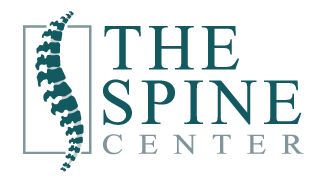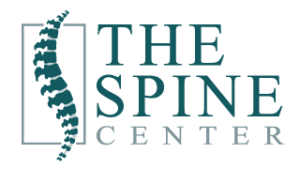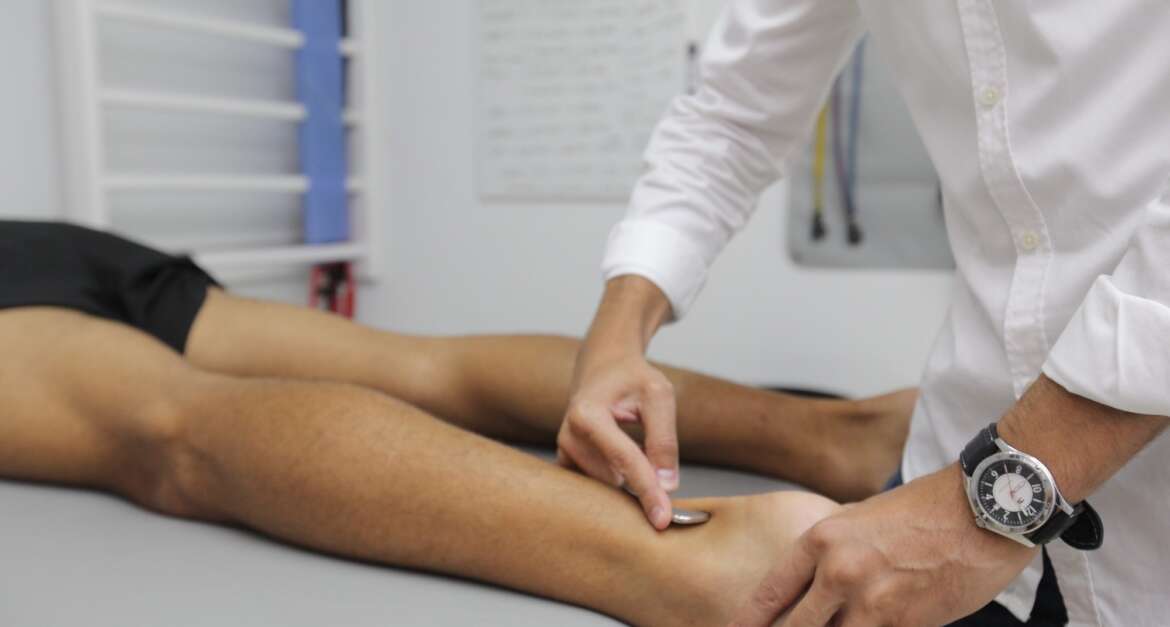If you are experiencing chronic pain in your day-to-day life, it may be due to sensitivity and tightness in your myofascial tissues. Myofascial tissue can be trickier to identify than regular muscle soreness from exercising or a minor injury.
This is because myofascial tissue is actually a tissue that supports your larger muscle groups. There are trigger points within your myofascial tissue that can cause chronic pain. The good news, though, is that these points can be targeted for myofascial release!
If you are tired of living with chronic pain that seems to have no cure, then keep reading! We will be covering the basics of the myofascial release today.
Myofascial Release: How Does It Work?
Myofascial release typically takes place during a massage therapy session. Many massage therapists understand these techniques well, and medical-massage therapies such as a chiropractor or physical therapists may utilize this method.
Healthy myofascial tissue should be soft, pliable, and elastic. However, as this area becomes strained, it will become stiffer. A massage therapist or medical practitioner will start to release this tissue by gently massaging the area.
The first concentration is to stretch any areas before applying deeper and more targeted pressure, much like you would warm up and stretch prior to a challenging workout.
Once the area is adequately warmed up, the massage therapist will begin applying deeper pressure. If you are new to myofascial massage, the massage therapist’s technique might be a bit counterintuitive to you. Rather than applying pressure directly on the area that hurts, massage therapists will likely be working on a surrounding or connecting area of the body.
Once the myofascial tissue is released, you should experience pain relief.
Preparing for a Massage
If you are new to receiving massages, there are several things that you can do to prepare for and extend the effectiveness of your appointment.
1. Be Honest With Your Massage Therapist
Your massage therapist will complete a brief consult with you prior to your massage. This will determine your comfort level in the massage, how frequently you’ve received massages in the past, and your goals for massage therapy. This will include information about your activity level, career, past injuries, etc.
It is important during this session to be honest with your massage therapist so that they can target the correct areas of your body for more long-term pain relief!
2. Hydrate, Hydrate, Hydrate!
An essential part of a healthy massage is maintaining your hydration levels. You should begin drinking adequate amounts of water 24-48 hours before massage. This also means that you should avoid diuretics if possible.
Diuretics make you have to use the bathroom more frequently, which can lead to subtle dehydration. Diuretics include drinks such as coffee and alcohol, so avoid these in excess if you can.
You should also drink plenty of water on the day following your massage. The reason for this is so that your muscle and myofascial tissue have hydration to heal, keep inflammation down, and help drain any toxins that were released throughout the course of the massage.
Hydrating your muscles will allow the massage therapist to apply deeper pressure and target muscle groups more effectively, so be sure not to skip this step!
3. Create a Pain Relief Plan
Another essential thing to remember is that massages are only part of living a pain-free life. If you seek a massage due to muscle tension, you will likely need more than one treatment to address the problem area. Your massage therapist will recommend the frequency at which you should come in.
A common treatment plan is to start weekly to address the pain points, then move to monthly as your pain level is reduced.
Drinking water, eating healthy, stretching, and maintaining an active lifestyle are all parts of relieving chronic muscle pain. Weight-bearing exercises such as yoga, tai chi, and pilates are great activities that focus on mobility and core strength. Over time, these types of activities will help you maintain healthy muscles and pliant myofascial tissue!
The Benefits of Myofascial Release
Massages, specifically myofascial release, have a range of extraordinary benefits!
Here are the most common areas to start experiencing stiffness:
- Arms
- Calves
- Neck
- Shoulders
- Quadriceps
- Head
- Hips
- Jaw
As you can tell, myofascial tissue can become tight in any area of the body. Relaxing and stretching these tissues can help you with a wide range of relief:
- Improving your range of motion
- Increase blood circulation to targeted areas
- Headache relief
- Relieve stress
- Reduce soreness
That’s right, myofascial release can help you gain not only physical benefits and pain-free life, but it can help your mental health as well! Living with any amount of pain, whether small or large, can really encumber our mental well-being, and taking steps to alleviate pain long-term will help you with your overall well-being.
Book Your Myofascial Release Massage Today
Now that you know the benefits of myofascial release, it’s time to book your appointment. You will be amazed at the difference you’ll notice after a few sessions of this advanced massage technique.
Living pain-free is something that everyone deserves, and myofascial massage is one part of a treatment plan that can help you achieve this goal.
If you’re interested in booking your treatment, sign up with us today. We are patient-centered and will focus on creating a health plan with you so that you can live the life of your dreams. We believe in affordable pricing, so you don’t have to choose between your health and your budget.


